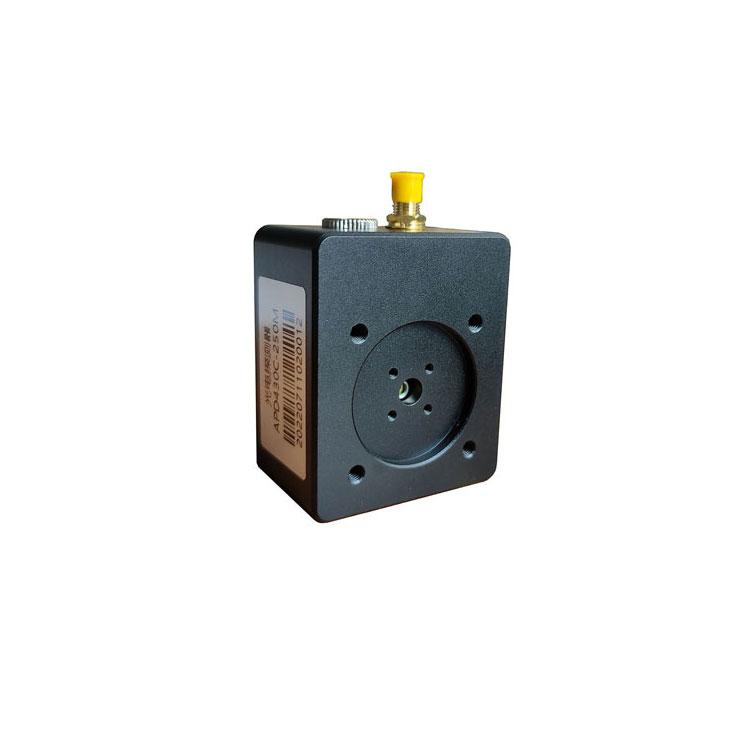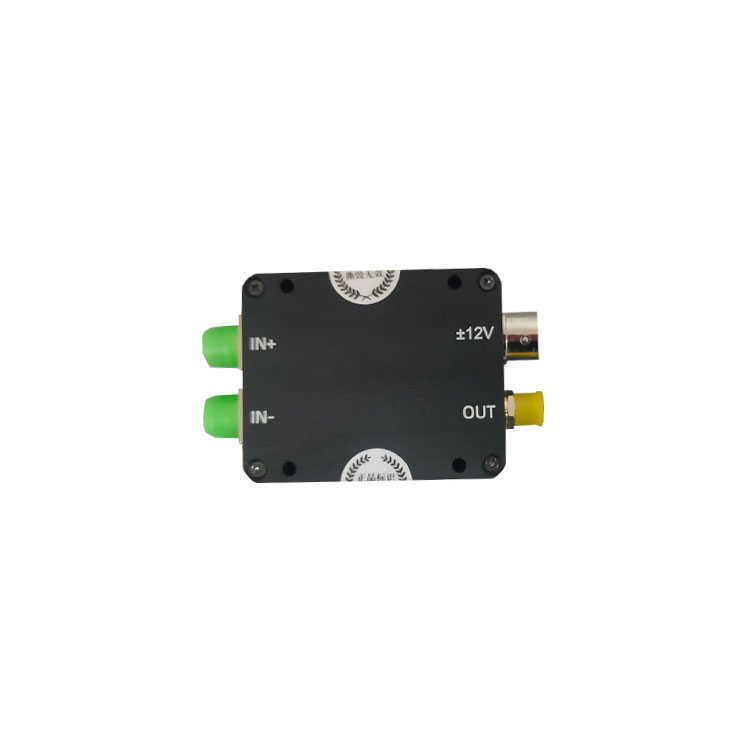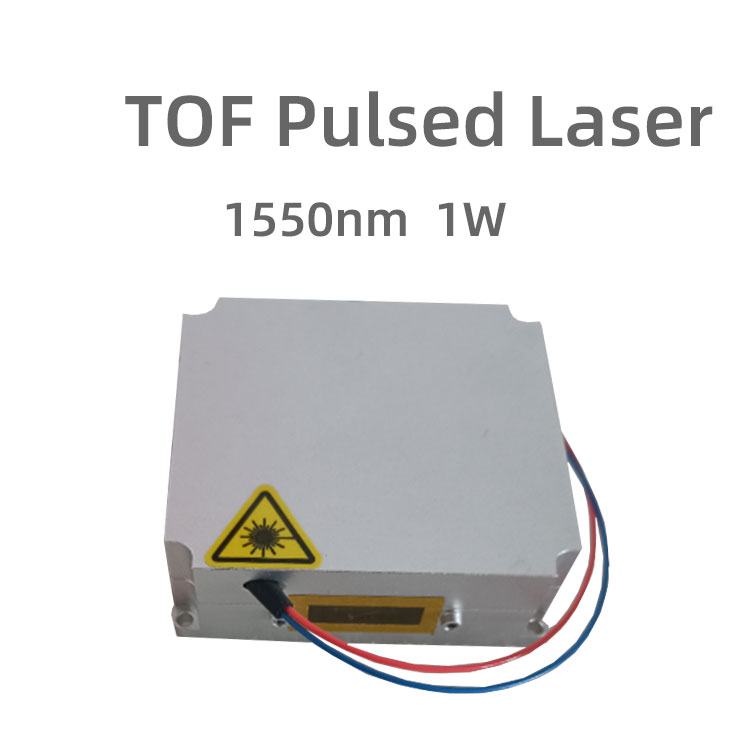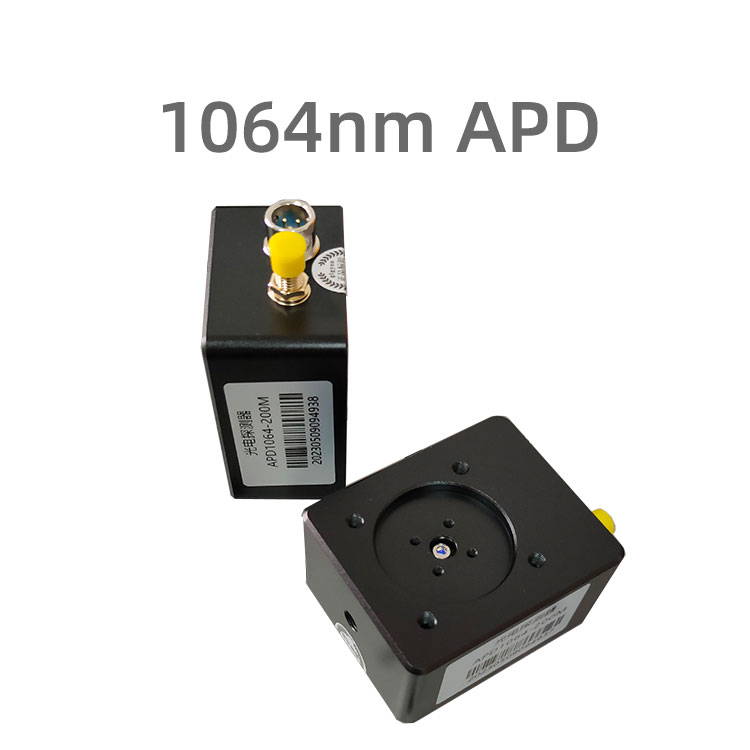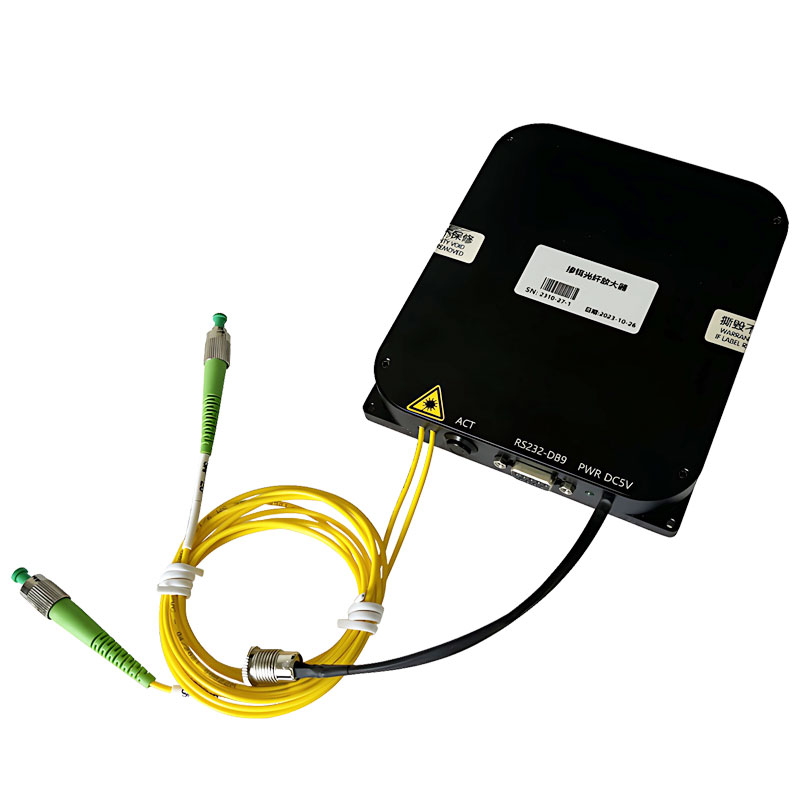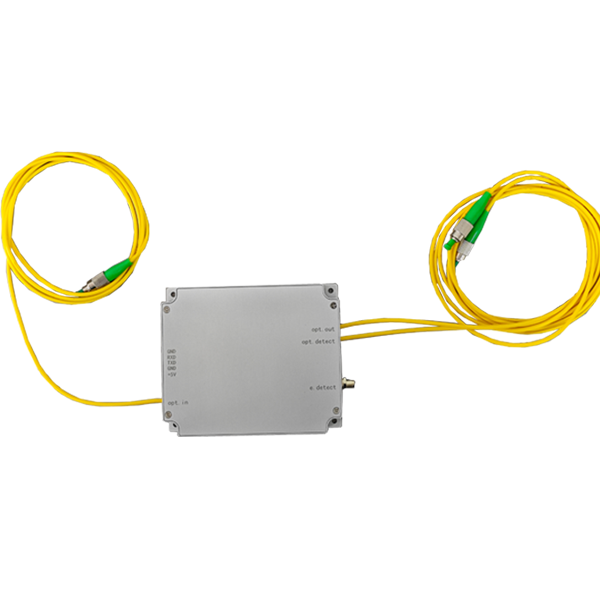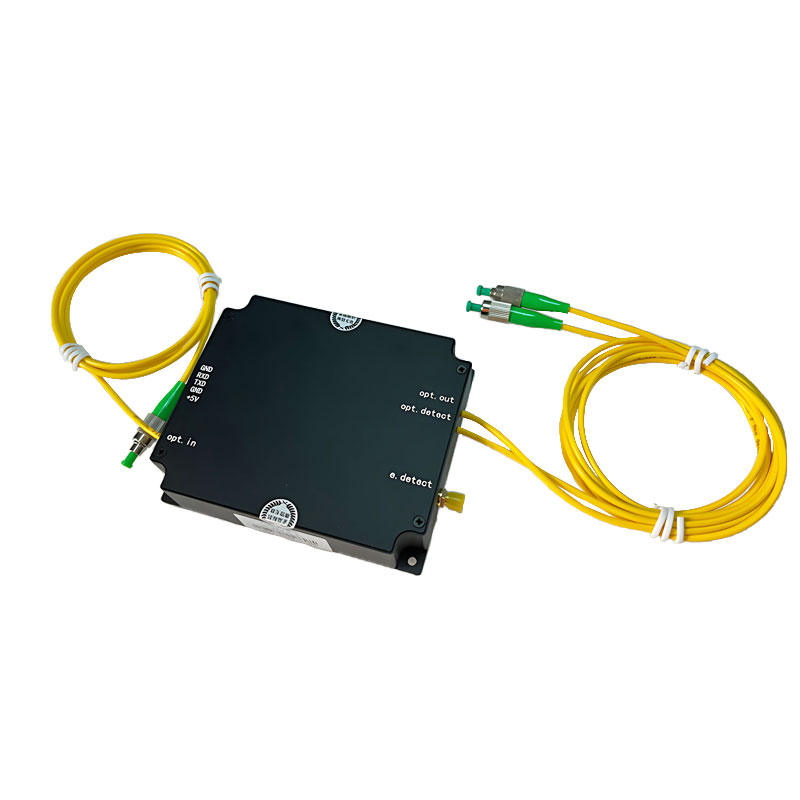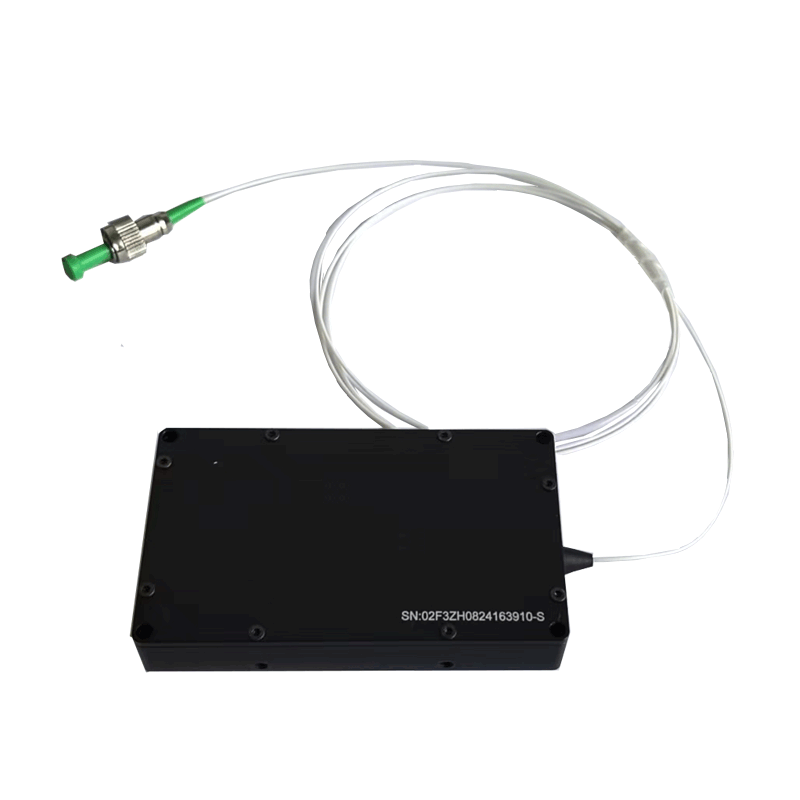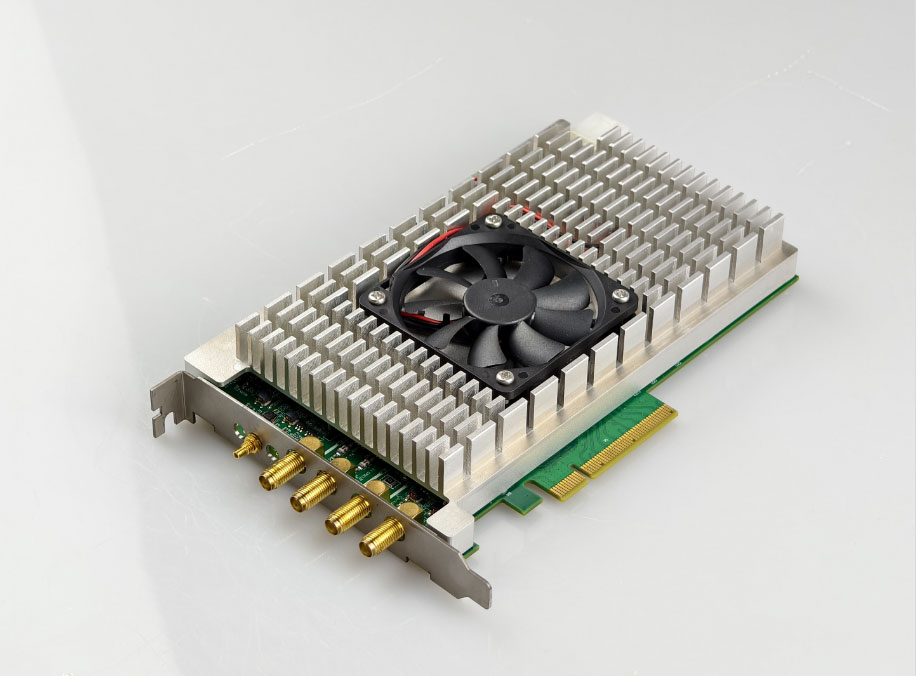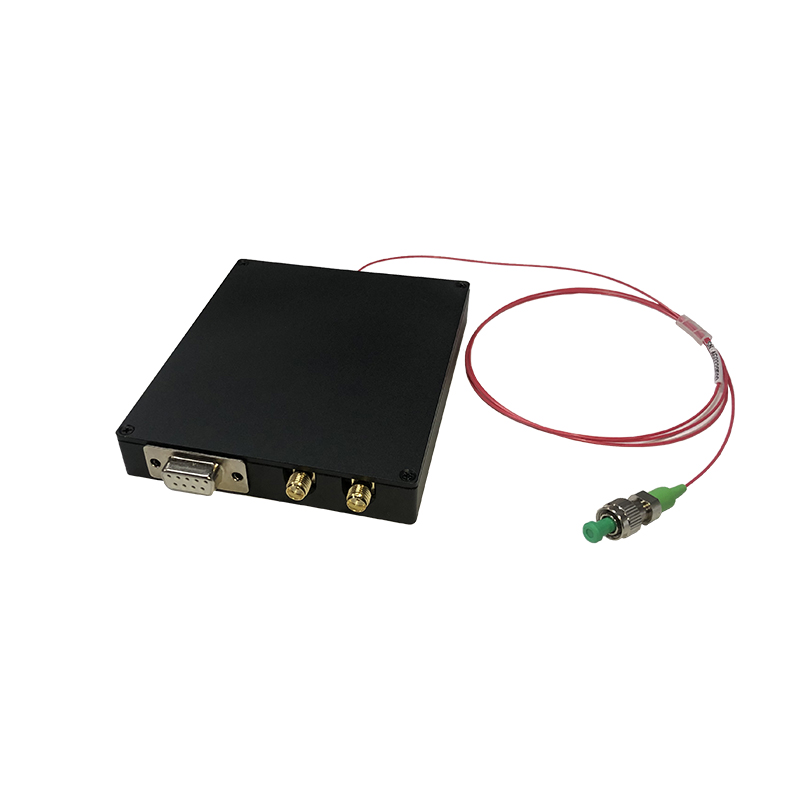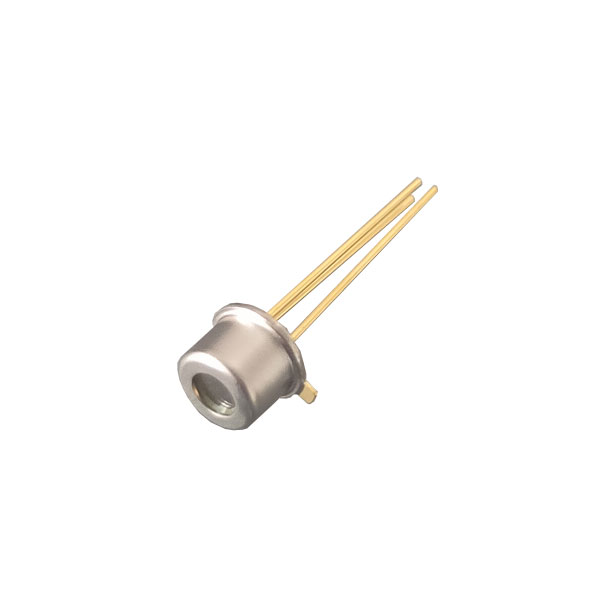- DVS/DAS integration modules
- DAQ Boards
- DTS Integration Module
- FBG Demodulator Module
- Laser Modules
- Acousto-Optic Modulator
- Erbium-doped fiber amplifier module
- Optical Device
Products tagged with LIDAR
APD430 series of free-space APD photodetector modules, wavelength range covering the visible and near-infrared region, can be used to replace Thorlabs the same model parameters; suitable for free-space optical applications detection, such as LIDAR.
they are widely used in coherent detection applications for distributed fiber optic sensing, and in scenarios such as wind measurement radar.
The YB-LASER-1550-1 is a human-eye safe 1550nm high peak pulsed laser that achieves kW-level peak power, ns-level pulse width laser output, and self-monitoring light, making it ideal for use as a TOF LIDAR emission source.
The detector is based on a silicon-based avalanche photodiode with 1064 nm enhanced response and high gain response for atmospheric aerosol radar
Small signal EDFA erbium-doped fiber amplifier is used to amplify weak light signals or as a preamplifier for weak light detection, and is widely used in fiber optic sensing systems and fiber optic communication network systems.
Pulsed EDFA erbium-doped fiber amplifier, C-band, commonly used after the acousto-optic modulator to achieve the amplification of pulsed optical signals, common in distributed fiber optic sensing systems, LIDAR and other applications.
The module integrates both an EDFA erbium-doped fiber amplifier and a Raman fiber amplifier inside the module, which significantly reduces system complexity, increases reliability, and reduces size compared to conventional EDFA and Raman amplification systems. The front-end EDFA is available as a pulsed EDFA or an amplified EDFA suitable for ultra-long-range fiber optic sensing systems or high-speed fiber optic communication systems.
EDFA as a preamplifier for photoelectric detection applications to achieve the amplification of weak light signals can greatly avoid the introduction of noise. After amplification, a PIN-type photodetector is used to realize the photoelectric conversion. The PIN detector is simple in structure, more linear and more adaptable to temperature.
